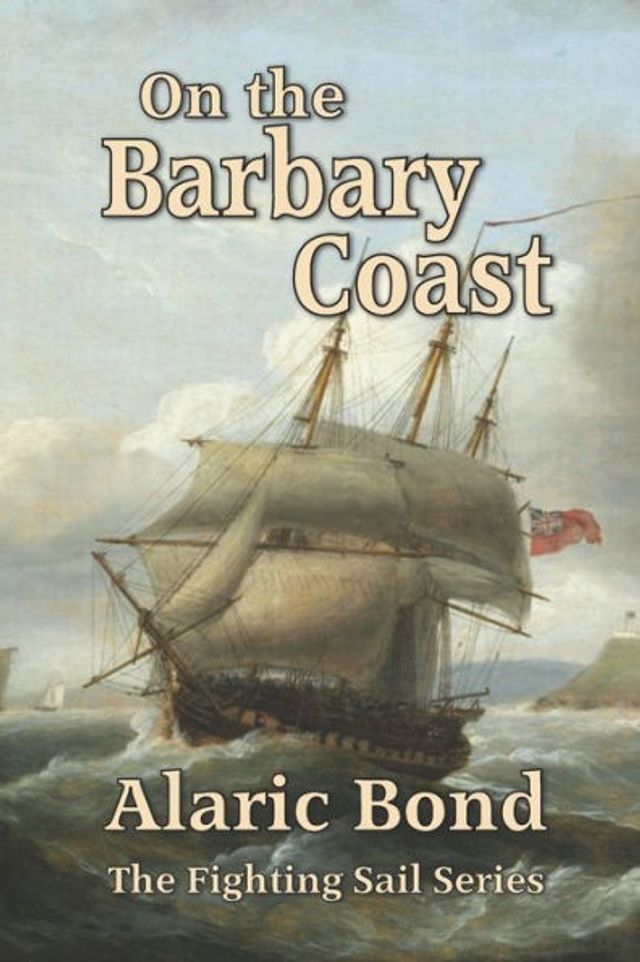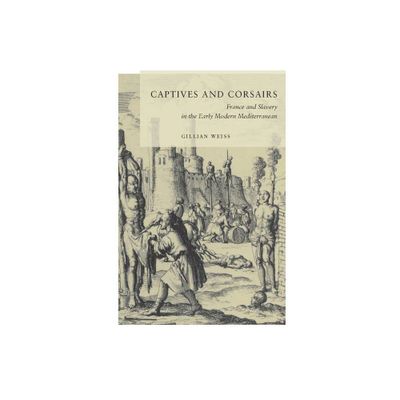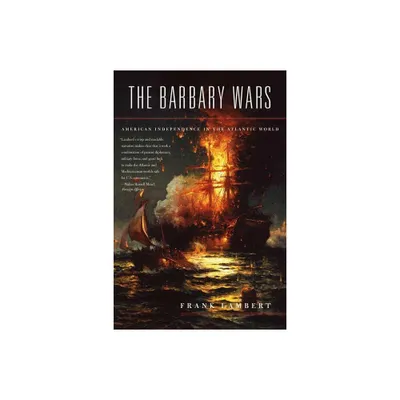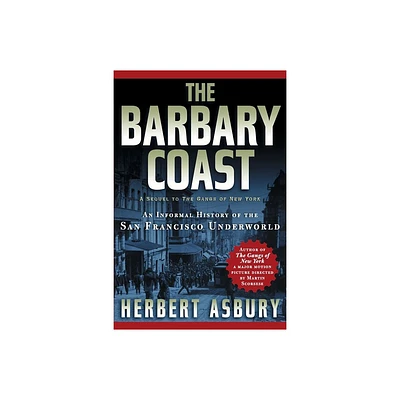Home
the Story of Barbary Corsairs
Loading Inventory...
Barnes and Noble
the Story of Barbary Corsairs
Current price: $23.99


Barnes and Noble
the Story of Barbary Corsairs
Current price: $23.99
Loading Inventory...
Size: Paperback
*Product Information may vary - to confirm product availability, pricing, and additional information please contact Barnes and Noble
The Barbary pirates, sometimes called Barbary corsairs or Ottoman corsairs, were Ottoman pirates and privateers who operated from North Africa, based primarily in the ports of Salé, Rabat, Algiers, Tunis, and Tripoli. This area was known in Europe as the Barbary Coast, a term derived from the name of its Berber inhabitants. Their predation extended throughout the Mediterranean, south along West Africa's Atlantic seaboard and even South America,[1] and into the North Atlantic as far north as Iceland, but they primarily operated in the western Mediterranean. In addition to seizing ships, they engaged in Razzias, raids on European coastal towns and villages, mainly in Italy, France, Spain, and Portugal, but also in the British Isles,[2] the Netherlands[citation needed] and as far away as Iceland.[3] The main purpose of their attacks was to capture Christian slaves for the Ottoman slave trade as well as the general Arab slavery market in North Africa and the Middle East.[2]
While such raids had occurred since soon after the Muslim conquest of Iberia, the terms "Barbary pirates" and "Barbary corsairs" are normally applied to the raiders active from the 16th century onwards, when the frequency and range of the slavers' attacks increased. In that period Algiers, Tunis and Tripoli came under the sovereignty of the Ottoman Empire, either as directly administered provinces or as autonomous dependencies known as the Barbary States. Similar raids were undertaken from Salé and other ports in Morocco.
Corsairs captured thousands of ships and repeatedly raided coastal towns. As a result, residents abandoned their former villages of long stretches of coast in Spain and Italy. The raids were such a problem coastal settlements were seldom undertaken until the 19th century. Between 1580 and 1680 corsairs were said to have captured about 850,000 people as slaves and from 1530 to 1780 as many as 1,250,000 people were enslaved.[2] However, these numbers have been questioned by the historian David Earle.[4] Most of these corsairs were European outcasts and converts (renegade) such as John Ward and Zymen Danseker.[3] Hayreddin Barbarossa and Oruç Reis, Turkish Barbarossa Brothers, who took control of Algiers on behalf of the Ottomans in the early 16th century, were also notorious corsairs. The European pirates brought advanced sailing and shipbuilding techniques to the Barbary Coast around 1600, which enabled the corsairs to extend their activities into the Atlantic Ocean.[3][unreliable source?] The effects of the Barbary raids peaked in the early to mid-17th century.
While such raids had occurred since soon after the Muslim conquest of Iberia, the terms "Barbary pirates" and "Barbary corsairs" are normally applied to the raiders active from the 16th century onwards, when the frequency and range of the slavers' attacks increased. In that period Algiers, Tunis and Tripoli came under the sovereignty of the Ottoman Empire, either as directly administered provinces or as autonomous dependencies known as the Barbary States. Similar raids were undertaken from Salé and other ports in Morocco.
Corsairs captured thousands of ships and repeatedly raided coastal towns. As a result, residents abandoned their former villages of long stretches of coast in Spain and Italy. The raids were such a problem coastal settlements were seldom undertaken until the 19th century. Between 1580 and 1680 corsairs were said to have captured about 850,000 people as slaves and from 1530 to 1780 as many as 1,250,000 people were enslaved.[2] However, these numbers have been questioned by the historian David Earle.[4] Most of these corsairs were European outcasts and converts (renegade) such as John Ward and Zymen Danseker.[3] Hayreddin Barbarossa and Oruç Reis, Turkish Barbarossa Brothers, who took control of Algiers on behalf of the Ottomans in the early 16th century, were also notorious corsairs. The European pirates brought advanced sailing and shipbuilding techniques to the Barbary Coast around 1600, which enabled the corsairs to extend their activities into the Atlantic Ocean.[3][unreliable source?] The effects of the Barbary raids peaked in the early to mid-17th century.


















